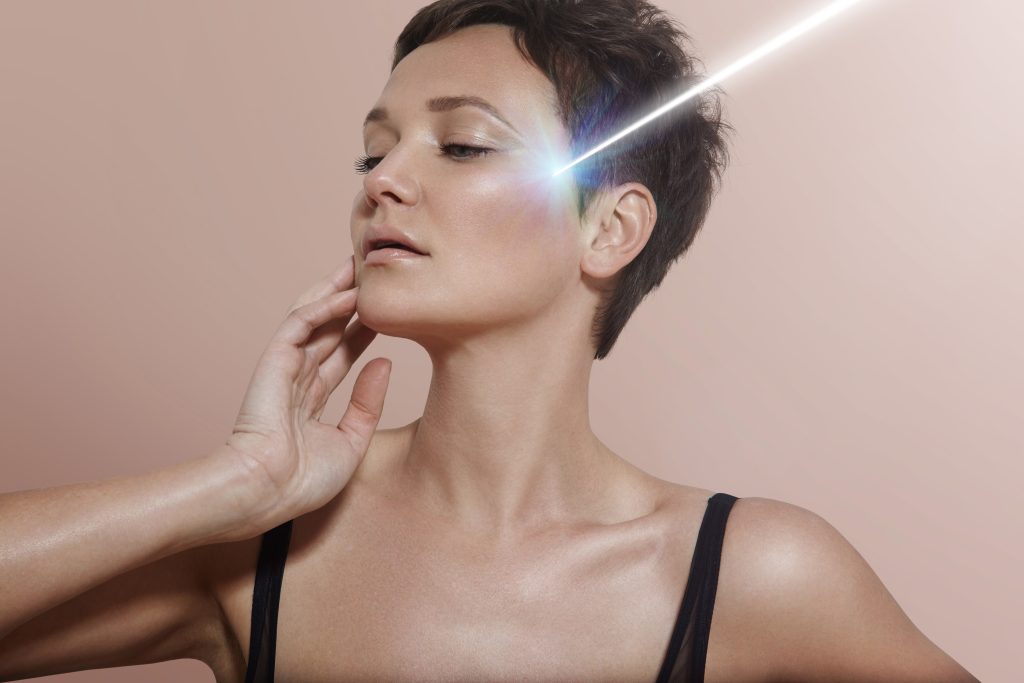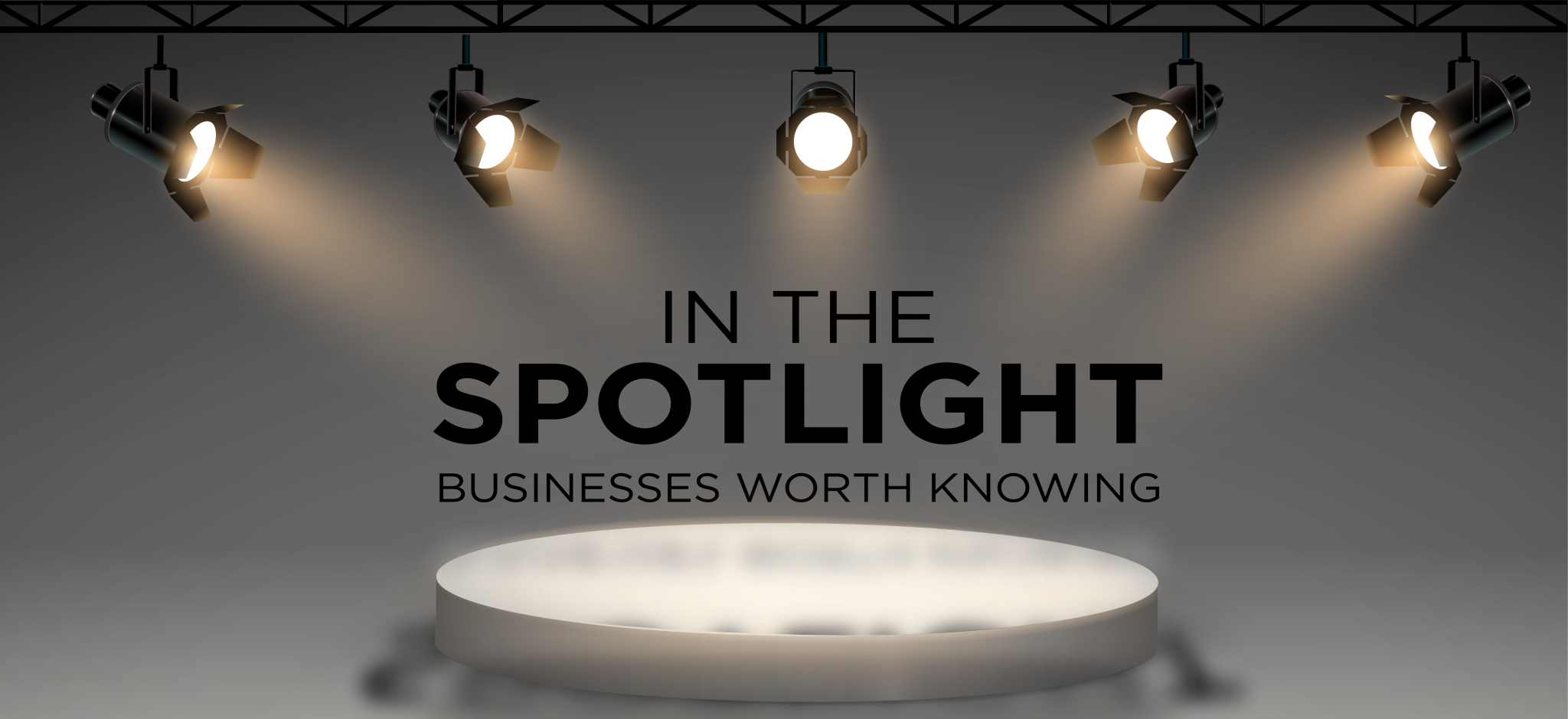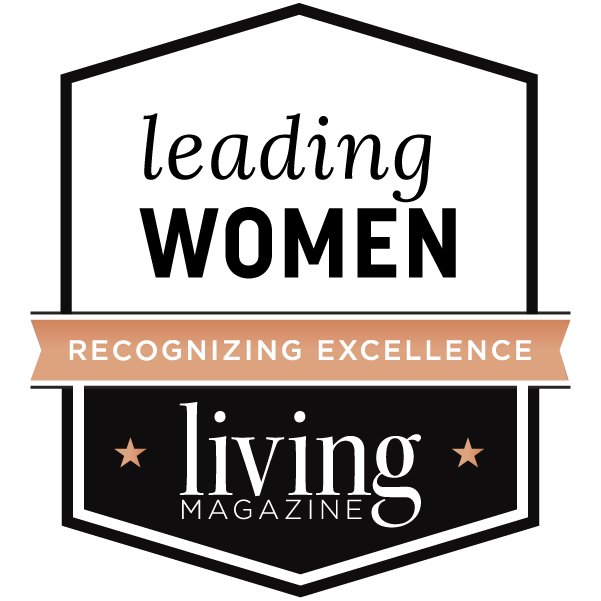
By Annette Brooks
Lasers have transformed how we approach cosmetic services.
Here are a few of the popular options available. What’s most important is to choose an experienced provider who will develop a personalized treatment plan using the laser or lasers that can best address your cosmetic concerns.
Laser Skin Resurfacing and Tightening
Today’s lasers help reduce the appearance of fine lines and wrinkles, acne scars, sun damage, large pores, and more. As your skin heals, the boost in collagen and elastin production creates smoother, tighter, firmer, and more radiant skin.
Lasers typically used for skin resurfacing include ablative CO2 (carbon dioxide) and Erbium lasers. According to the National Institutes of Health (NIH), ablative laser skin resurfacing removes the skin’s epidermal and superficial dermal layers. While ablative laser treatments yield great results, often dramatic, they typically require the longest downtime, from a few days up to one to two weeks for more aggressive treatments.
Fractional laser systems, including CO2 and Erbium, split the laser beam into numerous microbeams. Because only a fraction of the skin is treated at one
time — leaving surrounding skin undamaged — healing usually occurs more rapidly and with less downtime than ablative laser treatments. Fractional lasers may also be used to treat skin with more
melanin-forming cells.
Lasers emit a single wavelength (color) of high-energy light to a small area to achieve results. Some physicians and medical aesthetic providers have more than one laser technology in their arsenal to customize treatments, while others use hybrid platforms that support more than one wavelength.
Sun Damage, Rosacea, Pigmentation, Spider Veins
By targeting skin pigments, non-ablative Nd:YAG (neodymium-doped yttrium aluminum garnet) lasers are often used to treat age spots, freckles, and sun damage. They also rejuvenate the skin and target spider veins, rosacea, and facial redness by heating the targeted vessels, which are absorbed by your body through natural healing. Pulsed dye lasers (PDL) are another type of laser that targets tiny blood vessels beneath the skin’s surface to remove birthmarks and treat rosacea and facial redness.
Acne Treatment
Certain laser wavelengths are geared to treat mild to severe acne by selectively targeting the source of the skin’s oil (sebaceous) glands. Lasers also reduce acne-causing bacteria and address redness and inflammation common with acne breakouts without the use of pharmaceutical drugs, whether systemic or topical.
Hair Removal/Reduction
Various lasers are designed to damage hair follicles and reduce hair regrowth in the treated areas. Although laser hair removal has been considered most effective for people with light skin, thanks to technological advances, it’s now an option for people with
more pigmentation.
During treatment, a concentrated beam of light is absorbed by the pigment in the hair. It damages those hair follicles, thus delaying future hair growth. Since hair grows in cycles, multiple treatments are needed for initial removal. The interval between treatments will vary depending on the location — legs, armpits, upper lip, chin, back, arms, bikini line, and more. Maintenance treatments are usually needed to help keep hair regrowth at bay.
Tattoo Removal
The type of laser used to remove a tattoo depends on the tattoo’s colors, but new-generation systems such as the PiQo4 laser treat the widest variety of ink colors. With multiple wavelengths and short laser pulses, PiQo4 light energy is absorbed into the target areas of the skin, causing it to convert into acoustic waves that shatter the ink/pigment granules.
Is IPL a Laser Treatment?
Technically, the answer is no. It’s a common misconception because people often associate non-invasive light-based energy devices with a laser. IPL (intense pulsed light) therapy uses a broader spectrum of light versus lasers, which concentrate a single wavelength of light. In other words, IPL uses light pulses of different wavelengths to treat various skin problems, including lines and wrinkles, sun damage and hyperpigmentation, rosacea,
and more.
BBL (BroadBand Light) uses multiple wavelengths of intense pulsed light (IPL) to reduce signs of aging, minimize discoloration, and rejuvenate the skin by boosting collagen and elastin production. Generally, BBL is considered a modern version of traditional IPL treatments, using poly-chromatic (broad spectrum) light to work its magic with minimal downtime
and discomfort.










